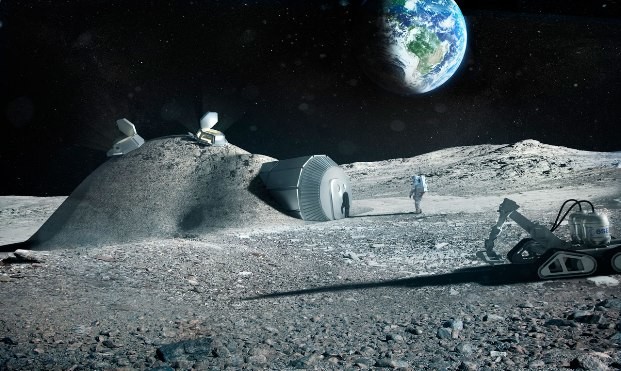New technologies in building and architecture are being explored with the latest being the 3D printed house using bacterial elements.
As most of the built environment is the product of CAD software, Autodesk Research uses a web-based "CAD shell for services such as modelling, simulation and multi-objective design optimisation" as part of Project Cyborg.
The Project is a "cloud-based meta-platform of design tools for programming matter across domains and scales".
Project Cyborg uses nanoparticle design to create platforms for the manufacture of human scale designs with construction to be handled by 'bacterial printers'.
Chris Arkenberg, writer for factcoexist, said that Columbia Living Architecture Lab is a firm exploring ways of integrating biology and architecture.
"Their recent work investigates bacterial manufacturing the genetic modification of bacteria to create durable materials. Envisioning a future where bacterial colonies are designed to print novel materials at scale, they see buildings wrapped in seamless, responsive, bio-electronic envelopes," writes Arkenberg.
Arkenberg also reports on roboticist Enrico Dini who has fabricated a 3-D printer large enough to print houses from sand.
"He’s now teamed up with the European Space Agency to investigate deploying his D-Shape printer to the moon in hopes of churning lunar soil into a habitable base. Though realisation of this effort remains distant, it’s notable to show how the thinking and money is moving to scale 3-D printing well beyond the desktop," said Arkenberg.

Architecture firm, Foster + Partners works with European Space Agency to 3D print structures on the moon. Image courtesy of Foster + Partners.
In the near future, 3D printing of houses is being looked at as a reality as Architecture and Design reported last year on the Dutch firm, Universe Architecture, which plans on printing the Landscape House in 2014.
The house will be printed through a D shaped printer with the materials being sand bonded by a magnesium based glue- the frame is then filled with fibre reinforced concrete.
The company describe the plan as:
"One surface folded in an endless möbius band. Floors transform into ceilings, inside into outside. Production with innovative 3D printing techniques. Architecture of continuity with an endless array of applicability."
3D printing has become more affordable in recent years with several ways that materials can be turned into a specific shape as the ABC reported:
Molten polymers are extruded into shape and then solidify as they cool
A fluid can be jet-inked onto a surface, and then turned into a solid structure through a chemical reaction
Metal objects can be built by laying metal in powder form, then welding selected areas with a laser
Living cells can be printed with a bio-ink formulation, to build tissue and organs layer by layer
3D printers are already being used to produce toys, car parts, prosthetic limbs, and even 'self-replicating' 3D printers themselves.

